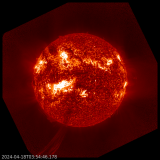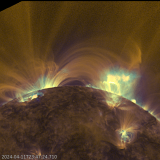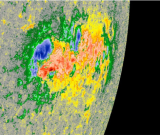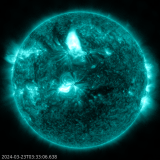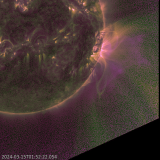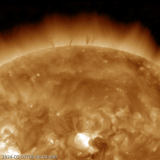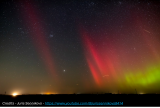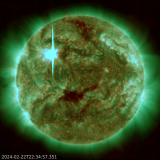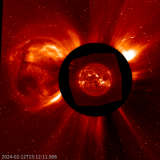Solar activity has risen dramatically during the last week, with sunspot numbers near their highest levels so far this solar cycle and an average of 2 to 3 M-class flares during almost every day.
SIDC News
A spectacular eruption took place on the Sun's farside on 11 April. The associated coronal mass ejection was not earth-directed.
On 8 April 2024, a large part of the United States and Mexico will experience a total solar eclipse. Also at the STCE in Belgium, all eyes will be on the Sun. Three satellite instrument teams are preparing for unique, yet complementary, eclipse observations.
Active region NOAA 13615 was one of the larger sunspot groups so far this solar cycle. During its transit, it produced 1 X-class flare and 43 M-class flares, the latter is an exceptionally high number.
NOAA 3615 produced its first X-class flare late on 28 March. ***UPDATE: The associated CME has no earth-directed component.***
A long-duration X1 flare was associated with the strongest proton event so far this solar cycle, as well as with an earth-directed full halo CME. ***UPDATED***
Active region NOAA 3599 had already rotated over the Sun's west limb when it produced a spectacular long duration C-class flare.
The polar field reversal on the Sun is ongoing, but it is not completed yet as testified by observations.
A moderate geomagnetic storm was observed on 3 March. Polar lights were photographed as far south as mid-England and Lower Saxony in Germany.
So far this solar cycle, NOAA 13590 is the largest sunspot group and it has produced the strongest solar flare. Some perspective.
NOAA 3590 produced 3 X-class flares in 24 hours: an X1.8 flare peaking late on 21 February, an X1.7 flare peaking early on 22 February, and an X6.3 event that peaked on 22 February at 22:34UTC. The latter is the strongest flare so far this solar cycle. ***UPDATED.***
A stunning double eruption took place near the northeast solar limb on 12 February.
